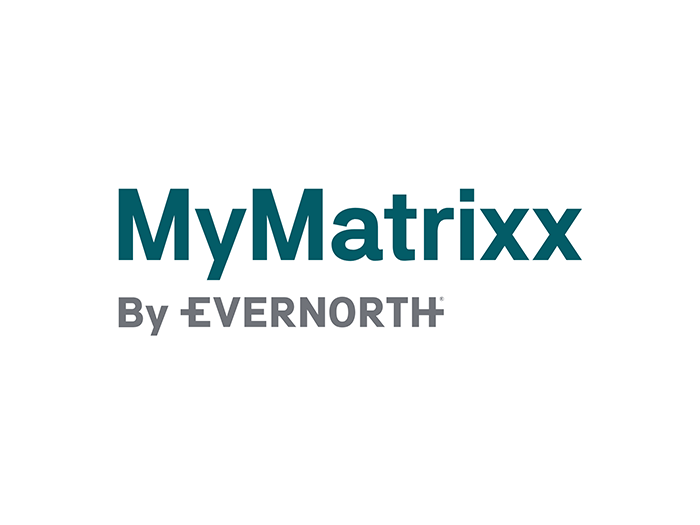What Cognitive Psychology Has to Teach Risk Professionals

The risk landscape has welcomed the invaluable insights that psychology and behavioral health have produced.
It is no longer taboo to believe that psychology plays a critical role in how we operate on a regular basis. Psychology is being prioritized not only in the health of an injured worker but also in the minds of professional risk managers.
Our brains compose the entirety of our psychological behaviors. These behaviors impact our decision making, even when we don’t necessarily recognize their effects. Second nature behaviors, while comforting in their familiarity, may not always be the most optimal.
A RIMS Live 2021 session, “Unforced Errors: What Cognitive Psychology Can Teach Risk Professionals,” will dive deeper into six specific thinking processes that may not be as normal as we presume. Hosted by Dr. Michael Lacroix, medical director at The Hartford, the session is part of the conference’s on-demand series being released April 19-30.
The Studies of the Brain
Lacroix, once a working clinical psychologist, has studied the brain and its psychology for most of his career. When he joined the world of insurance, he began to see where his understandings of psychology could benefit the professional workings of the industry.
Lacroix’s session will focus on six ways in which our brains automate when making decisions. These ideas that Lacroix focuses on are inspired by the work of Daniel Kahneman, a Nobel Peace Prize-winning psychologist.
Kahneman’s book, “Thinking, Fast and Slow,” discusses how the human brain is made of two systems, both of which are constantly fighting with the other for control. Lacroix believes that the concepts in Kahneman’s book deserve a much broader audience than just the psychology community.
“I thought risk managers might benefit from hearing about this information, because the heart of their work is to help make decisions,” he said. “And that’s what the Kahneman work is all about: How people go about making decisions and how that process can go wrong at times.”
How do the systems in our brain work as we attempt to make a decision?
System 1 is our day-to-day operations that our brains have automated for us. System 2 becomes relevant when a task or situation needs a deeper analysis, which would be a situation that our brain is not regularly exposed to.
Lacroix stressed that though these two systems exist within our brains, System 1 tends to remain in prominence.
It’s important to note that automating different tasks preserves brain energy and makes it easier on the human body in its entirety. Thus, if the brain can see a task and automate it, it will likely try to do so.
“In most instances, that really works well,” Lacroix said. “Turning a process into a routine that’s done automatically is a lot more efficient.”
However, this turns problematic when it is an automation of a task that may benefit from, or completely depend on, a different approach.
Where Our Brains Can Go Wrong
Lacroix’s session plans to address and describe the six heuristic thinking processes that could potentially impact the brain’s decision making. They include:
- Confirmation Bias
- Intuition
- Fallible Memory
- Substitution Heuristic
- Illusion of validity
- Anchoring
“These heuristics, or number of shortcuts, are ones that people take automatically and that can lead them astray,” Lacroix said.
These thinking processes are ones that every human being engages in.
Perhaps you tell a story that you didn’t even experience, but your memory has stored as your own. Maybe you engage in illusion of validity behavior and change your answer to agree with others. In some situations, these behaviors hold little to no harmful consequence.
But as a risk manager, it could be detrimental to your work.
In attending his session, Lacroix hopes that attendees leave with another tool under their professional belt.
“For risk managers, it’s about being aware of some of those heuristics and being able to counter them and ask ‘Am I just saying this because everybody else has, or am I actually coming to this conclusion on the basis of solid evidence?’ ” he said.
Ultimately, it will take active work to not always rely on System 1. While System 2 can produce more questions or a more complex roadmap, it gives our brains the opportunity to rewire for the better.
And in a risk manager’s case, that could reap benefits for the masses. &











